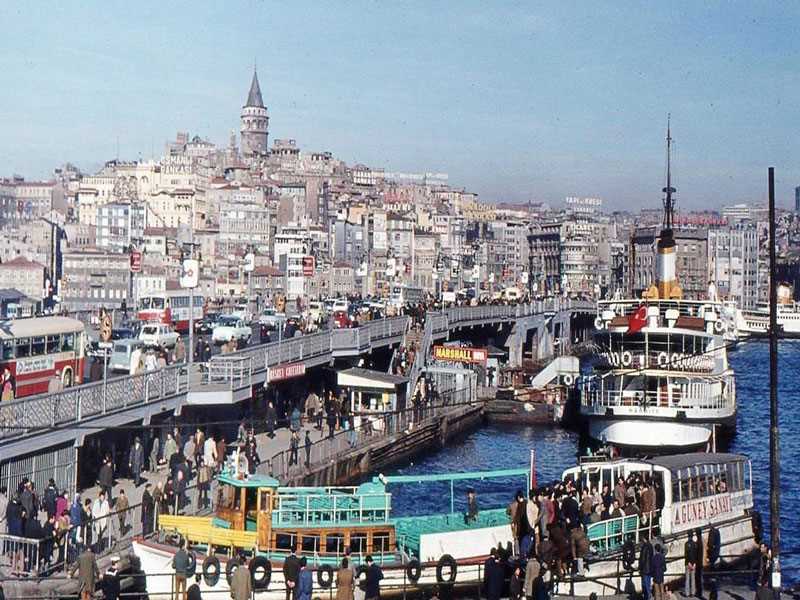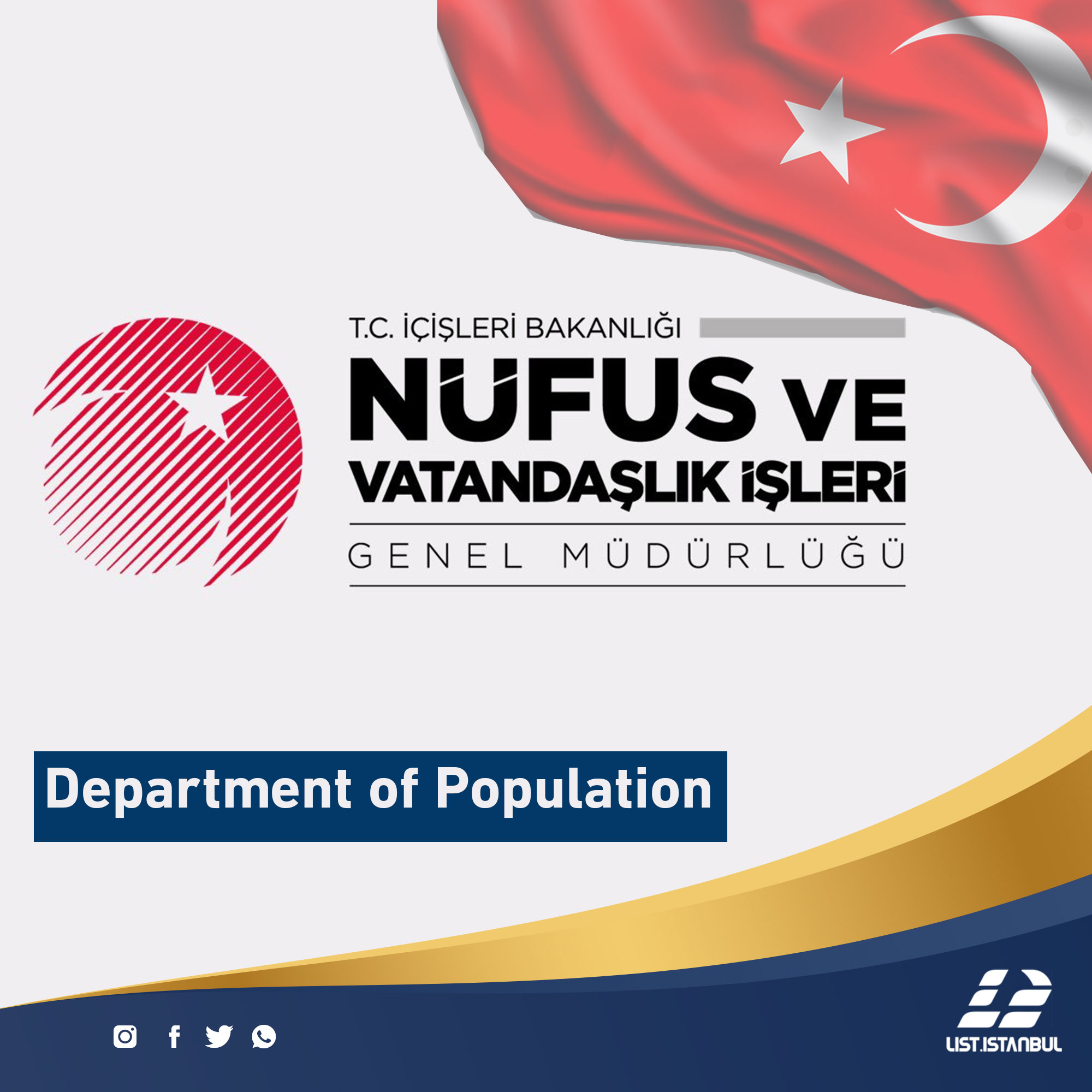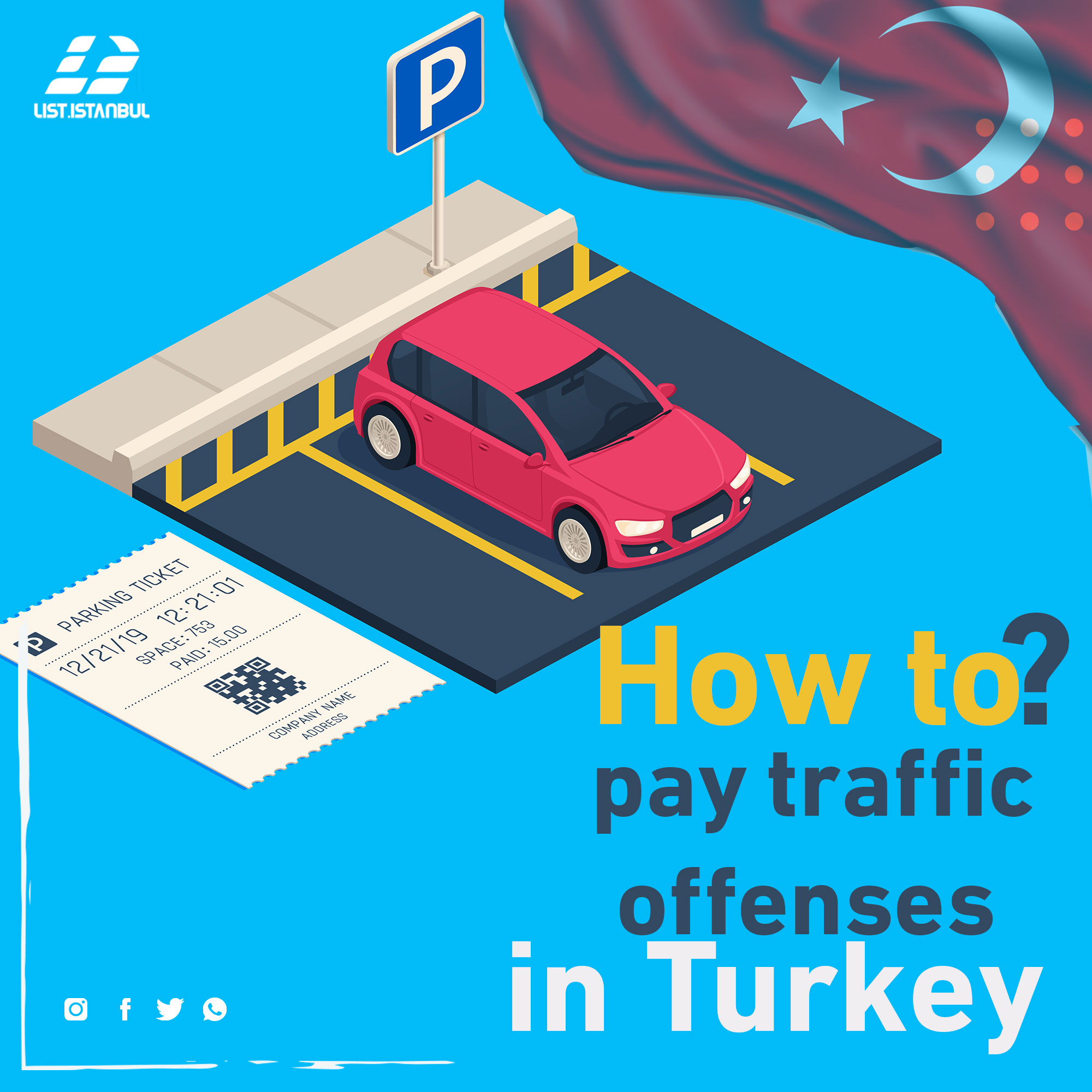Amenio, one of the largest outdoor open-air museums in Turkey and the world, is named after a district of the Al-Fateh region, where the Aminonu district is located in the province of Fateh in the European section of Istanbul. This neighborhood on the edge of the historical peninsula contains hundreds of historical monuments including Sultanahmet Mosque, Sulaymaniyah Mosque, Hagia Sophia Museum and Topkapi Palace. The peninsula is surrounded by the Gulf to the north, the Strait to the east, the Marmara Sea to the south and the Al Fateh to the west.
This area was named after the maritime customs and customs authorities in the Ottoman era. The word "Amenuno" means "before the secretary", in front of the customs secretariat. The population of Amignonu continued to increase until 1955, and it began to decline after the most important neighborhoods of this area were converted from residential to commercial. It had a population of 83,444 in 1990. While the latest statistics indicate that this figure has fallen to 55,548 people. Note that the area is estimated at 5 km 2.
History of Amignon
Byzantine Period
It is believed that the first place where the Byzantine Empire was founded was the vicinity of the Topkapi Palace and the Sarayburnu and Sirkeci regions. It is known that all the coast (Serkagy-Amineono), which starts from the west of Saray Borno, was a port. The place where Serkaji Train Station was subsequently filled.
Since the 10th century, the Byzantine Empire began to decline and the Latin, and especially the Pseudonian, and Pseudonian minorities gained access to the privileged areas of Aminono and Cirqueggi and settled there, and established their own commercial ports on the port.
The neighborhood behind Yeni has been called a mosque between Aminonu and Serkaji by the name of Bahçe Kapı because of a door named Kabha Kabi, the door to the park, one of the doors leading from the Istanbul wall to the Gulf. This section of the Byzantine era was called Porta Neorion, as it was called Porta Hebrica or Porta Judica, the door of the Jews because the majority of the population in the vicinity of this section were Jews. As for the Turks, it was the door of the door or the door of witnesses and meant the door of the Jews. It is believed that this section was located on Arabacılar Caddesi Street behind Yeni Mosque Yeni Cami.
Ottoman era
In the Ottoman era, the port of Amenono remained a commercial center where thousands of seafarers, traders and workers were engaged in unloading and storing goods imported into the city, as in the Byzantine era. This is the reason for the spread of religious monuments, commercial complexes and markets in this region. If we look at the paintings of the inscriptions designed by the foreign travelers who photographed the center of the Amignon area to show us the extent of the change in the port through its old scenery, human congestion, various events, ships in exotic forms, large boats, the breathtaking scenery of the Jemaa Jamaa, and the architectural identity of the shops Wood on the coast. The Galata Bridge, which passes over the Gulf and connects the two extremes of Istanbul, plays a major role in this change.
After the start of the manufacture of steam vessels, the emergence of the Charitable Shipping Company, the arrival of railways to Sirkaji in the era of Sultan Abdul Aziz, the construction of the tunnel, the appearance of trams drawn by horses and then the electric tram, the construction of harbors and stores in Galata and Serkaji in the late 19th century changed the landscape The entire Amignono area.
One of the most important neighborhoods of the Aminonu district is the Serkaghi district, which has remained important because of its proximity to the Topkapi Palace in the Ottoman era and as a port of the Upper Gate (Government Palace). This neighborhood was an extension of the upper part towards the sea in terms of transportation and commerce. The construction of railways and the Sirkaji railway station has increased the importance of this neighborhood.
It is known that the door Babshi Kabi was used to reach those who rise to the post of the Grand Chest to the Topkapi Palace at the time.
The sources state that ammunition and goods entered the city through this section as well. The door was also the door for late people to return to the city after closing their doors in the evening.
In 1569, the whole Jewish neighborhood was burned down by the fire that began in Demirkapı, which extended to Khabi. The door and the wall were also destroyed by a fire in 1865 and during the subsequent expansion of the roads.
The pilgrim Oleya Chalabi stated that there were the palaces of senior state officials in the district of Jagaloglu, which may be due to the proximity of the neighborhood to the Palace of Sultanah. This neighborhood was named after Çığali Oğlu in relation to the Grand Ayatollah (Gigi) Ughlu Sinan Pasha because of his palace and the bath he built in this neighborhood in the last quarter of the 16th century. This name was then turned on the tongues of people to Jagal Oglu Cağaloğlu. The presence of the High Gate (the highest place and center of government in the Ottoman Empire) in this neighborhood has gained great importance since the 18th century. It has become the residence of officials and officials of the Government House in the Ottoman Empire. After 1870, this neighborhood became the center of the Turkish press.
Republican era
The architecture of Amunnu in the Ottoman era was influenced by many buildings such as the Sirkaji railway station, Khan Awqaf IV and the post office, as well as the commercial buildings built during the reign of Sultan Abdul Hamid I. But the natural characteristic of Amignon in the 19th century began to change in the Republican era under the mayor and mayor Lutfi Kirmarid (1938-1949). Where ticket cabins were removed from Yeni Jamea for expansion to build the bridge. The Egyptian market has also been renovated and expanded. In 1955 - 1956, the famous Balik Pazari district was removed by fish vendors and mummies as a result of the construction of the Oncapani-Amenono Road.
Although the Aminonu area maintained its historical landscape until 1986, the fruit port of Yemis Escalasi and its surroundings was completely removed in the works that took place in the Gulf between 1984 and 1989. The pedestrian bridges built in the square in the 1980s influenced the historical character.
During the first half of the 20th century, the circus area was the center of cheap hotels, expatriates and transport companies. The hotels behind the train station were a center frequented by expatriates. There were also some small restaurants, cafes and shops. In all historical times, however, Serkage has been used as a vital port. On the other hand, Al-Bab al-'Ali Street and Ankara Street, which is an extension of it, have been preserved as the junction of the roads leading to the sea and the Galata Bridge.
The opening of the coastal road (circus-floria) in 1957-1959, which surrounds Sreborno, has alleviated the congestion of traffic in Sirkaji.
In the 1960s, Sirkaji became a business and commerce hub after cheap hotels moved to the Lalali and Xray regions.
On the coast of this region there is a port for ships and ferries that transport passengers to Banderma, Macedonia, Izmir and others. Opposite the train station is the port of the ferry ferry Carrique-Serkage. The Bahçe Kaby district of the Amignonu district remained in residential homes until the 1960s and became a purely commercial center.
The ports of the internal lines linking Rom Elly to the Anatolian section and the Ichi baccalaureate are located east of the Galata bridge pillar, from the port of Amignono to Seraggi.
The most important neighborhoods in this region are: Aminounu, Serakaghi, Bahasa Kabi, Jagaloglu, Sultan Ahmed, Sulaymaniyah, Jumbarletash, Jarshi Kabi, Bayazid, Laleli, Kadraga, Jadek Pasha, Kabbi people, Tjajladi Kabi and Mahmoud Pasha. This area has not lost any of its appeal during the Byzantine, Ottoman and Republican periods, and it contains very important historical and tourist sites.
Among these monuments are rarely found in Turkey and the world: Sultanahmet Square, Bayazid Square, Dikili Tash Column, Burmali Column and Urmale Column, Jumbarlitash, Ayia Ireniye Church, Sirabat Yrabatan, Topkapi Palace, , Little Ayasopia, Bayazid, Yeni Jameh (Sultan's Mother's Mosque), Shahzadeh, Nur Ottoman, Lalali, Ayasofia Museum, the Egyptian Market, and the Covered Market.








